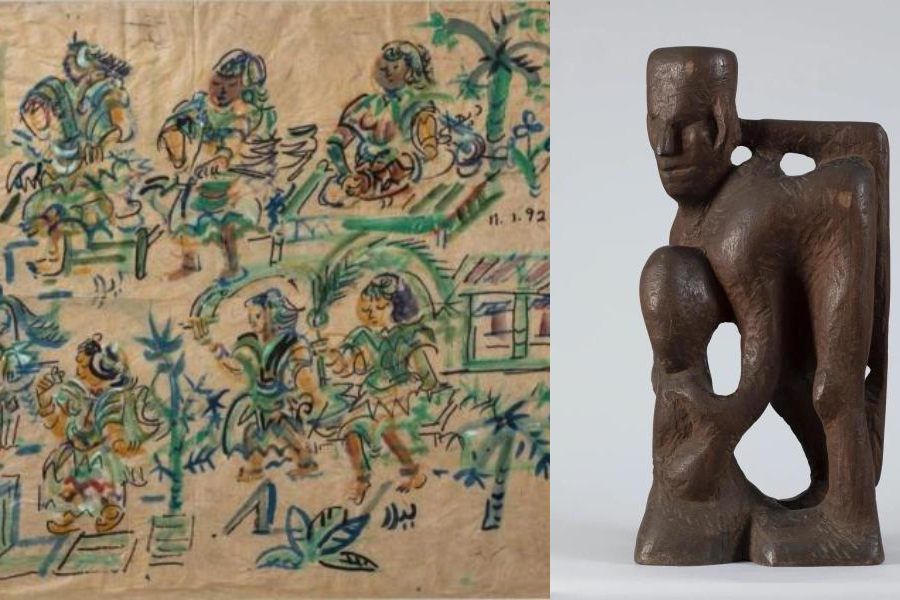Book: Leela Mukherjee: A Guileless Modernist
Edited by R. Siva Kumar
Published by: Tulika
Price: Rs 2,000
It is no secret that many a woman artist has been underappreciated in her time and, later, forgotten by the world. But there has been an encouraging effort in recent times to rescue such artists from obscurity and document their lives and works. A recent book on Leela Mukherjee — sadly, more widely known for being Benodebehari Mukherjee’s wife and Mrinalini Mukherjee’s mother — shows the way in which overlooked Indian women artists can finally be given their due.
The greatest challenge of piecing together a thorough history of the life and the times of Leela Mukherjee perhaps was her self-effacing nature, as R. Siva Kumar writes in the Preface. But just as an artist would mould life into clay by shaping it bit by bit, Leela Mukherjee: A Guileless Modernist gives shape to an artist who was as experimental as she was empathetic. This is achieved through carefully researched and fondly recalled essays written by acquaintances, artists, art historians, curators and journalists.
The most poignant piece of the book would be the one penned from memory by the artist, Ranbir Kaleka, who sublet an apartment from Leela Mukherjee in Delhi and spent a lot of time watching her work. His observations on her are not those of a historian but more anecdotal, those of a friend whose artistic eye catches details that flesh out Mukherjee’s personality and her quirks and set the stage for the later essays that take a more academic approach to her life. To the credit of the essayists and the editor, even though both Benodebehari and Mrinalini Mukherjee make repeated cameos throughout the book, not once do they overpower the narrative, which
remains focused on Leela Mukherjee.
For someone who trained under — albeit briefly — and remained associated with storied teachers like Nandalal Bose and Ramkinkar Baij, Leela Mukherjee’s own contributions as a teacher cannot be overlooked. In fact, in a way, her impact as a teacher was perhaps more widespread because she taught art not at a specialised school like Kala Bhavana but at Welham Boys’ School, Dehradun, opening thousands of young minds to the liberating possibilities hidden in the practice of art.










